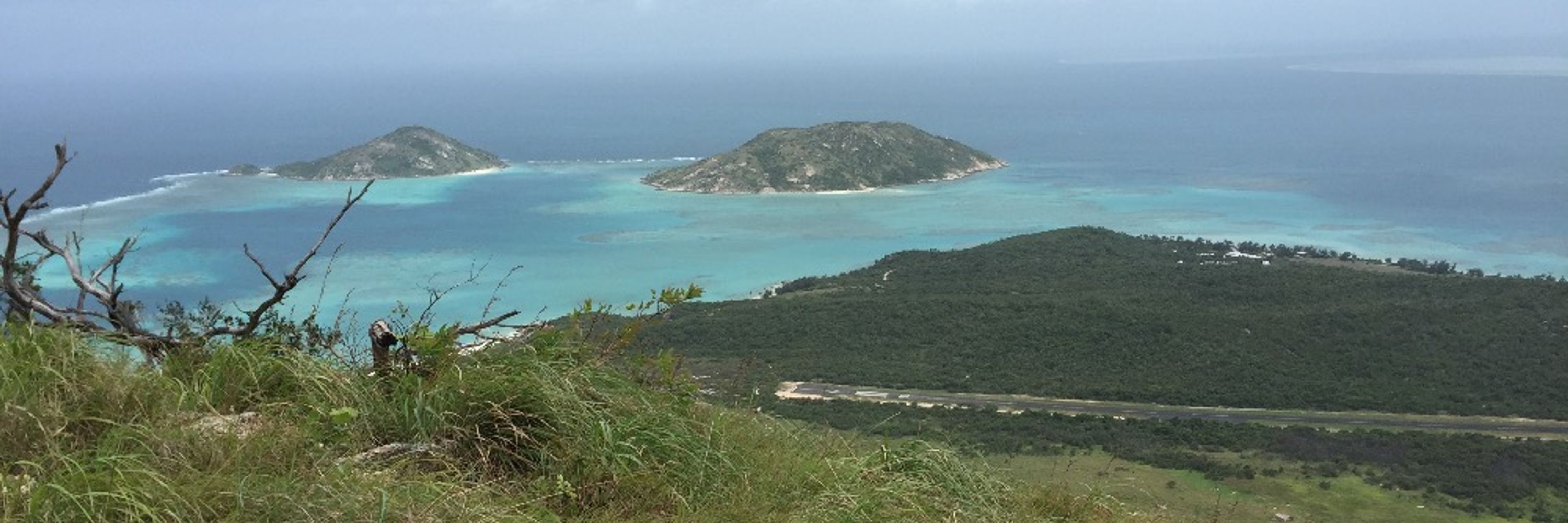
Ecologist of the frontiers... Prof at University of Western Australia & posting on ecology, conservation, academic life.
Reposted by Graeme S. Cumming, David N. Thomas

The gendered costs of human–wildlife conflict: A global systematic review
Open access link: link.springer.com/article/10.1...
🔗 doi.org/10.1111/ddi....

Reposted by Graeme S. Cumming, Daniel Hering

🔗 doi.org/10.1111/ddi....
Reposted by Graeme S. Cumming, Paul Caplat

Reposted by Graeme S. Cumming

link.springer.com/article/10.1...



Reposted by Graeme S. Cumming

rdcu.be/eMTV2?utm_ca...



Reposted by Garry Peterson

www.nature.com/articles/s41...

Reposted by Graeme S. Cumming
This new analysis finds urban greening is "associated with a wide range of positive health outcomes including improved physical and mental health, increased physical activity, improved childhood development, and reduced exposure to harms."

Reposted by Graeme S. Cumming

#Climate
#Forests
#TropicalRainforests
#Australia
#Amazon
Reposted by Graeme S. Cumming, Julie L. Lockwood

www.nature.com/articles/s41...

Over half (approx 56%) occurred in #ProtectedAreas or #biodiversity hotspots, demanding urgent #conservation action 🌍
www.nature.com/articles/s41...
Reposted by Graeme S. Cumming, Dawn J. Wright, Adrian Vickers


Reposted by Graeme S. Cumming
#papernautilus #symbiosis #muavestinger #🐙 #🪼 #blackwater #blackwaterphotography #blackwaterdiving #chrisgug #gugunderwater #gug #kumejima #okinawa #marinelife
Reposted by Graeme S. Cumming



Reposted by Graeme S. Cumming

🔗 doi.org/10.1111/ddi....
Reposted by Graeme S. Cumming, Cathy N. Davidson, Trevor A. Branch
Reposted by Graeme S. Cumming, David N. Thomas, Juan Rocha

Institutional network relationships and environmental governance in the Colombian and Peruvian Amazon
open access link: link.springer.com/article/10.1...
Reposted by Graeme S. Cumming

#refugia #wordoftheweek #conservation #science #stem
Here is a brief reminder of what scientific evidence shows...
#bioinvasions


